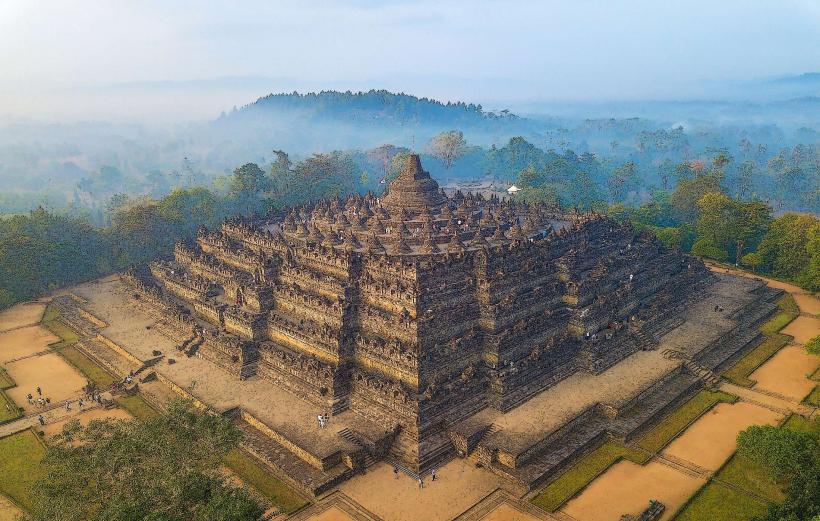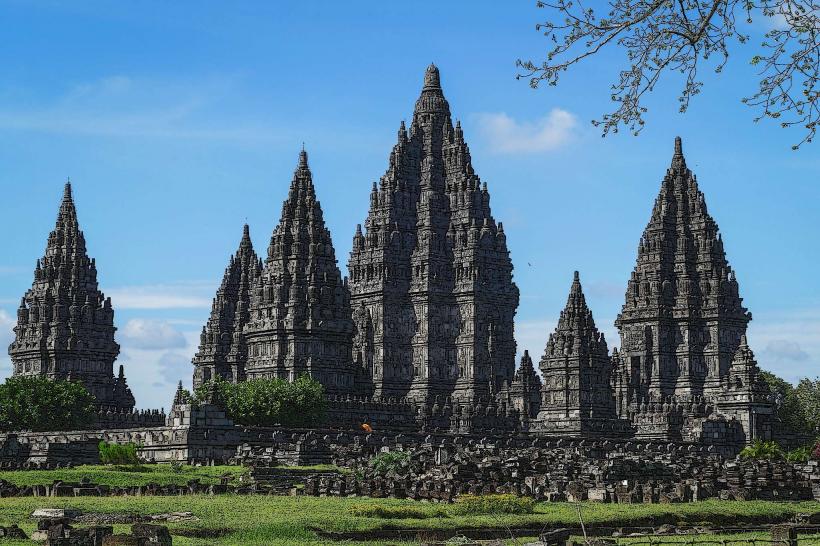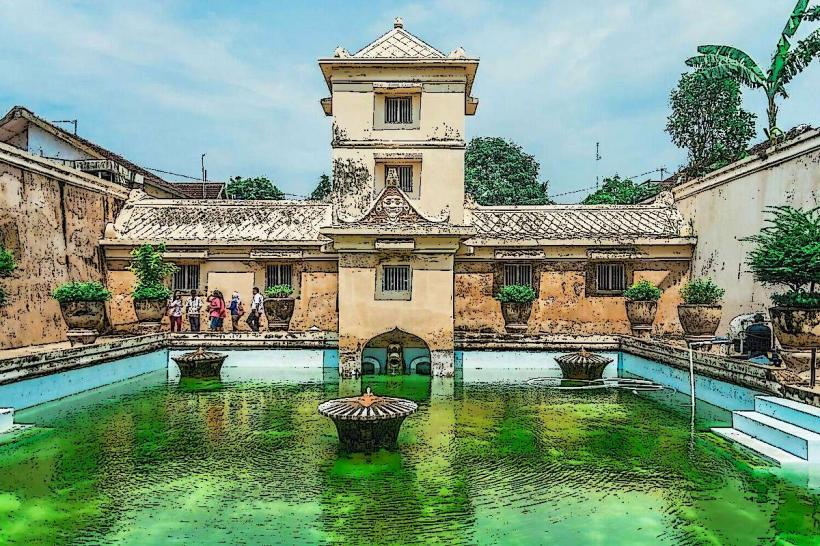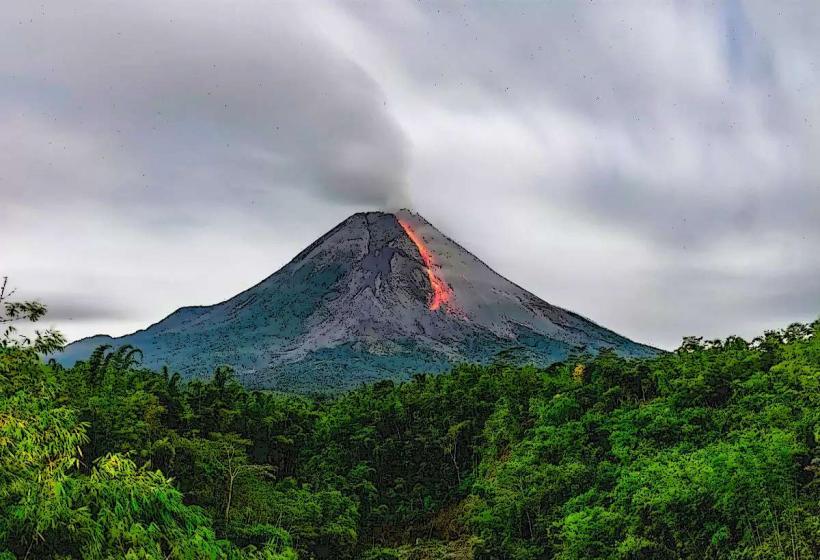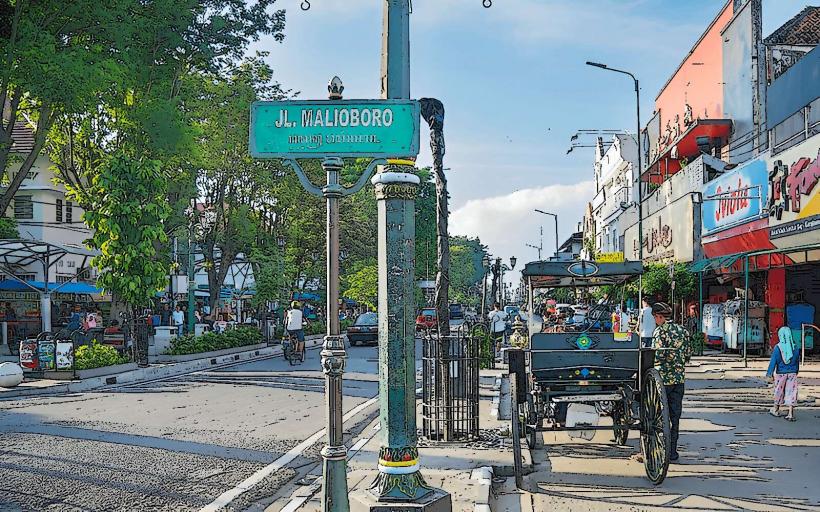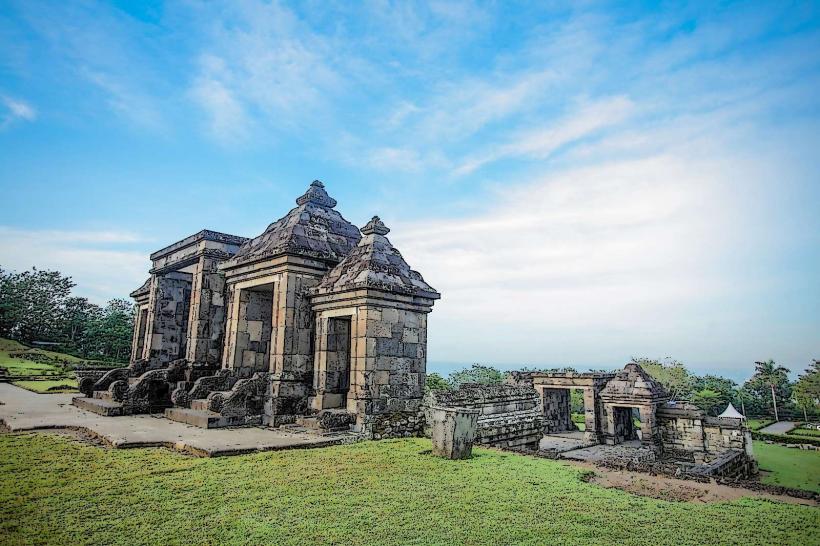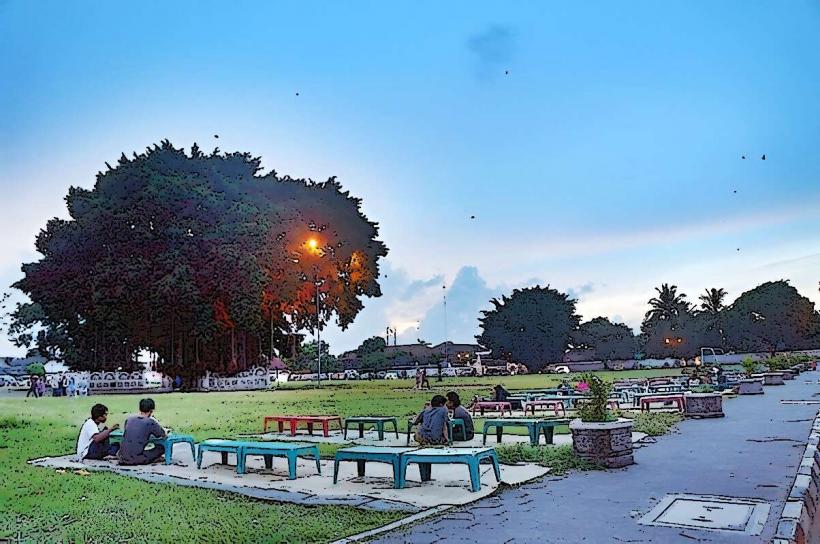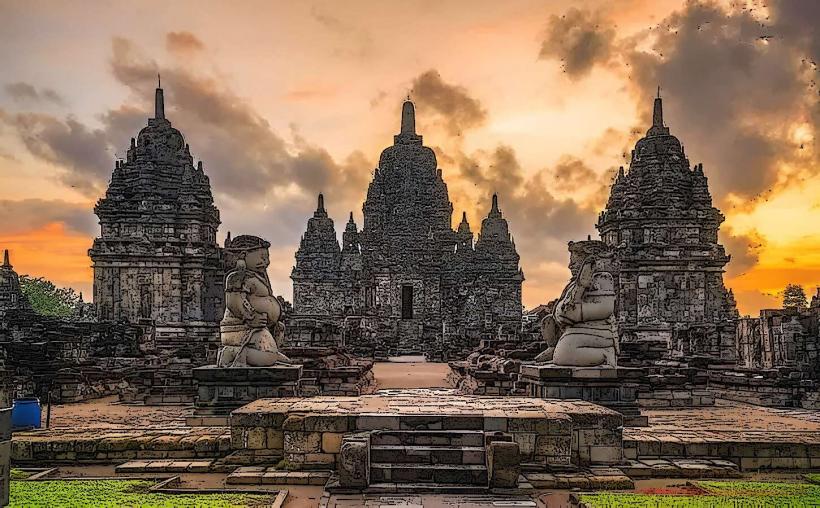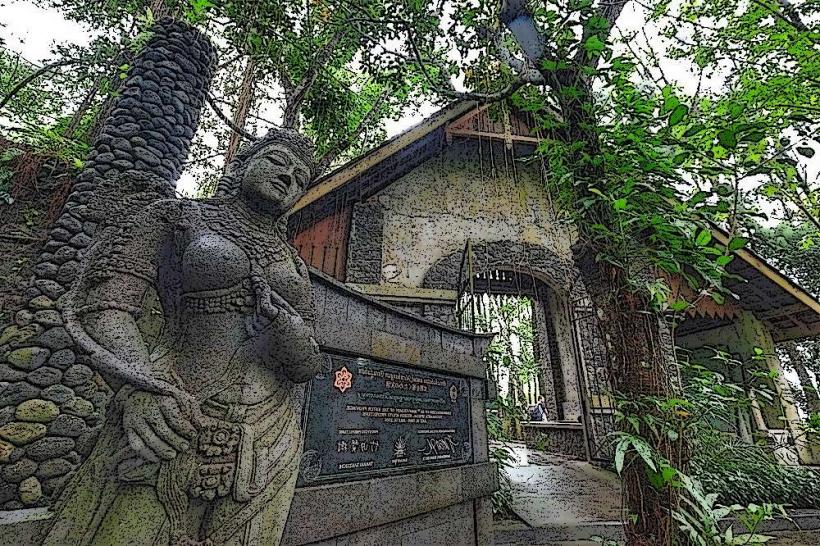Information
Landmark: Sultan Palace (Kraton)City: Yogyakarta
Country: Indonesia
Continent: Asia
Sultan Palace (Kraton), Yogyakarta, Indonesia, Asia
Overview
As it turns out, The Sultan Palace, or Kraton Yogyakarta, is the Sultan’s official home and one of the city’s most treasured landmarks, where carved teak doors open onto courtyards steeped in history, while the palace stands at the heart of Javanese culture, its carved teak doors and shaded courtyards still embodying the Sultanate’s authority and long-held spot in the region.To be honest, The Kraton complex is both the Sultan’s home and a living museum, where you can wander past batik cloth glowing with deep indigo and learn the stories of Javanese art, culture, and the Sultanate’s long history, furthermore the Kraton sits right in the heart of Yogyakarta, about a kilometer south of Malioboro Street, the city’s bustling main strip lined with shops and glowing market stalls.The palace sits inside a vast walled compound, its gates opening to courtyards where the air smells faintly of jasmine, furthermore founded in 1755 by Sultan Hamengkubuwono I-Yogyakarta’s first ruler-just after the Treaty of Giyanti split the Mataram Sultanate into Yogyakarta and Surakarta, the Kraton remains the heart of Javanese tradition and a living emblem of the Sultan’s enduring presence, even without political power.Built in the classic Javanese style, the complex unfolds in symmetrical lines, with open pavilions, broad pendhapa courtyards, and serene gardens linked in a careful rhythm of space and spirit, then the main buildings stand in a neat grid, with the most vital ones gathered at the heart of the complex.At its front, a towering gate called Pintu Gatotkaca marks the main entrance, besides this gate opens into the heart of the palace, a clear sign of the complex’s importance.The pendhapa-an airy, open-sided pavilion where light spills across polished wood-is one of its most striking features, on top of that people use it for royal ceremonies, formal meetings, and lively performances that fill the air with music, kind of During special events, the pendhapa fills with the shimmering gong and soft drumbeats of gamelan as dancers glide across the floor, while the Sultan’s private quarters lie tucked deep within the palace grounds, furthermore it’s closed to the public, but visitors can still glimpse the grand inner courtyards and the gardens spilling with jasmine around the Sultan’s residence.Honestly, The Sultan’s quarters brim with traditional Javanese touches-polished teak carvings curling into floral patterns, rich textiles soft under your hand, in conjunction with parts of the Kraton now serve as a museum, inviting visitors to explore the Yogyakarta Sultanate’s history, culture, and royal traditions through its trove of artifacts, heirlooms, centuries-vintage documents, and ceremonial costumes.You can also view gleaming gamelan instruments, ornate royal thrones, and traditional weapons on display, equally important just a short hike from the Kraton stands the Taman Sari Water Castle, once a lush royal garden where the Sultan and his family relaxed and bathed in cool, clear pools.It’s part of the sprawling Kraton complex, a striking showcase of traditional Javanese gardens and graceful architecture, where carved teak doors open onto quiet courtyards, as a result the Kraton stands as both the seat of Javanese kingship and the spiritual heart of the Sultanate.Though the Sultan’s role is now largely cultural and ceremonial, the Kraton still stands as a potent symbol of his authority, its whitewashed walls and carved gates steeped in Javanese cosmology, where the palace mirrors the universe itself, after that the Sultan and his family take part in time-honored rituals here-marking the Prophet Muhammad’s birth during the lively Sekaten Festival, celebrating the Sultan’s birthday, presiding over coronations, and performing the Labuhan ceremony, in which offerings are cast to the sea as thanks and for protection.It remains a living heart of Javanese heritage, safeguarding music, dance, and intricate traditional arts, while at the palace, you can watch the shimmering bronze keys of a gamelan being struck, graceful Javanese dancers moving in time, and wayang kulit shadow puppets flickering in lamplight-traditions at the heart of Javanese culture.The Kraton still serves as the Sultan’s seat, and he remains a powerful figure in Yogyakarta, equally important though the Sultan no longer holds political power, he’s still deeply respected and remains a central figure in Javanese life, serving as the cultural guardian of Yogyakarta through the Kraton’s festivals, ceremonies, and efforts to keep local traditions alive.As you can see, Visitors wandering its courtyards and gardens can take in carved teak doorways, view centuries-timeworn royal attire, and step into the rhythm of palace life, as well as year-round, the Kraton comes alive with the clang of gamelan, the graceful sweep of Javanese dance, and the flickering shadows of wayang kulit plays.Through these performances, visitors step into the living traditions of the Yogyakarta Sultanate, where inside the Kraton they can admire the Sultan’s regalia-batik textiles soft as silk, the gleam of jewels, and the finely carved kris, the traditional dagger of the court, in turn visitors can admire the royal thrones and heirlooms, their gold edges catching the light.The Kraton also runs guided tours in several languages, giving you a richer glance at its history, intricate architecture, and cultural importance, in conjunction with local guides share vivid stories about the Javanese philosophy shaping the palace’s design and how it ties into royal rituals, from the placement of its gates to the rhythm of its ceremonies.The Kraton welcomes visitors daily from 8:30 a.m, consequently to 2:30 p.m, though it closes on Fridays for prayers.It’s best to check ahead for public holidays or special events, as well as foreign visitors pay about IDR 15,000–20,000 (roughly $1–2 USD), while locals pay less, and you might be charged extra for photography or special performances inside the palace.Actually, For the quietest experience, go in the morning, when the air is still cool and the halls feel calm, moreover visit during a festival or cultural performance, and you’ll feel the locale come alive with music and color.Wear comfortable shoes for exploring the palace grounds, and bring a camera to catch the carved arches, the dancers mid-spin, and the glow of lanterns at dusk.
Author: Tourist Landmarks
Date: 2025-09-12

